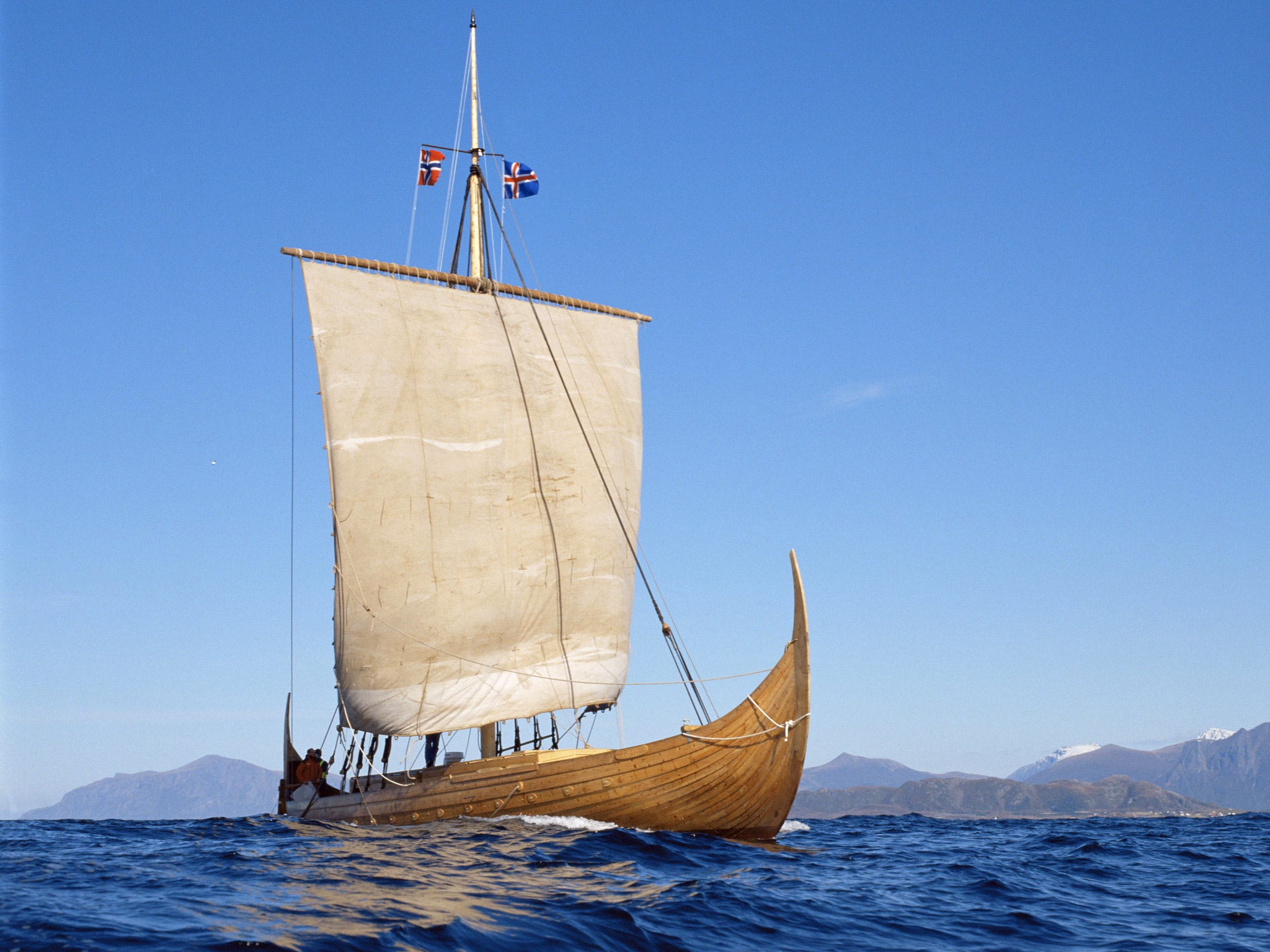Not just the stuff of legend: Famed Viking 'sunstone' did exist, believe scientists

Your support helps us to tell the story
From reproductive rights to climate change to Big Tech, The Independent is on the ground when the story is developing. Whether it's investigating the financials of Elon Musk's pro-Trump PAC or producing our latest documentary, 'The A Word', which shines a light on the American women fighting for reproductive rights, we know how important it is to parse out the facts from the messaging.
At such a critical moment in US history, we need reporters on the ground. Your donation allows us to keep sending journalists to speak to both sides of the story.
The Independent is trusted by Americans across the entire political spectrum. And unlike many other quality news outlets, we choose not to lock Americans out of our reporting and analysis with paywalls. We believe quality journalism should be available to everyone, paid for by those who can afford it.
Your support makes all the difference.For centuries, it has been a crystal of legend locked in the verses of Norse myth with little or no evidence that it was ever real. Now it seems scientists at last have grounds for believing that the Viking “sunstone” used to navigate the seas did indeed exist.
Researchers who have spent three years poring over a cloudy crystal discovered in the wreck of an Elizabethan ship sunk off the Channel Islands believe they have proved that it could be the substance described by the Norsemen as helping to locate the sun when obscured by cloud.
The so-called sunstone has long been the subject of scientific intrigue after it was described in one Icelandic saga as a magical gem which, when held up to sky, would reveal the position of the sun even before dawn or after sunset.
Such a navigational aid could be one of the secrets behind the Vikings’ reputation as remarkable seafarers whose prowess at heading into unexplored water means they may have beaten Christopher Columbus as the first European visitors to America by hundreds of years.
Scientists based at the University of Rennes in Brittany have studied the cigarette packet-shaped crystal found on board the wreck off Alderney and today publish evidence which suggests Tudor sailors may have used the stone to navigate in much the same way as their Viking predecessors.
The stone, a calcite substance known as Iceland spar, was found by divers next to a pair of dividers, leading investigators to wonder whether it formed part of the navigational arsenal of the English vessel, which sank in 1592, some four years after the Spanish Armada.
There is no reference to such stones being used by Elizabethan seamen but the Icelandic sagas describe how the Viking king, Olaf, during snowy weather, asked a vassal, Sigur, to point to where the sun would be. To check the answer, “the King made them fetch the solar stone and held it up and saw where light radiated from the stone and thus directly verified Sigur’s prediction”.
Despite the literary references, no intact sunstone has been found on Viking sites.
But after carrying out a battery of tests, including an analysis to prove its cloudy appearance is due to centuries of being abraded by sand in the English Channel, the French-led team have concluded that shards of Icelandic spar can act as a remarkably precise navigational aid
Dr Guy Ropars, writing in the journal Proceedings of the Royal Society, said: “Alderney-like crystals could really have been used as an accurate optical sun compass as an aid to ancient navigation.
“It permits the observer to follow the azimuth of the sun, far below the horizon with an accuracy as great as plus or minus one degree. The evolution of the Alderney crystal lends hope for identifying other calcite crystals in Viking shipwrecks, burials or settlements.”
The principle behind the sunstone relies on its unusual property of creating a double refraction of sunlight, even when it is obscured by cloud or fog of the sort that would have been commonplace for the Vikings. By rotating the crystal against the human eye until the darkness of the two shadows were equal, the sun's position can pinpointed with remarkable accuracy, according to the researchers.
It is likely the stone, which would have provided a means of navigating in daylight long before the arrival of the magnetic compass, would be calibrated by taking a measurement on a sunny day or using charts showing the position of the sun at different times of the year.
The Alderney crystal was most likely used by Elizabethan sailors to fine tune their compass readings or overcome disturbance to a magnetic instrument caused by the presence of large iron objects such as cannon.
The researchers pointed out the failure so far to find intact sunstones in Viking burial sites may be due to the practice of cremating warriors, which would have caused the delicate crystals to shatter. The first fragments of Iceland spar to be found in Viking settlement were found in Iceland last year.
Join our commenting forum
Join thought-provoking conversations, follow other Independent readers and see their replies
Comments